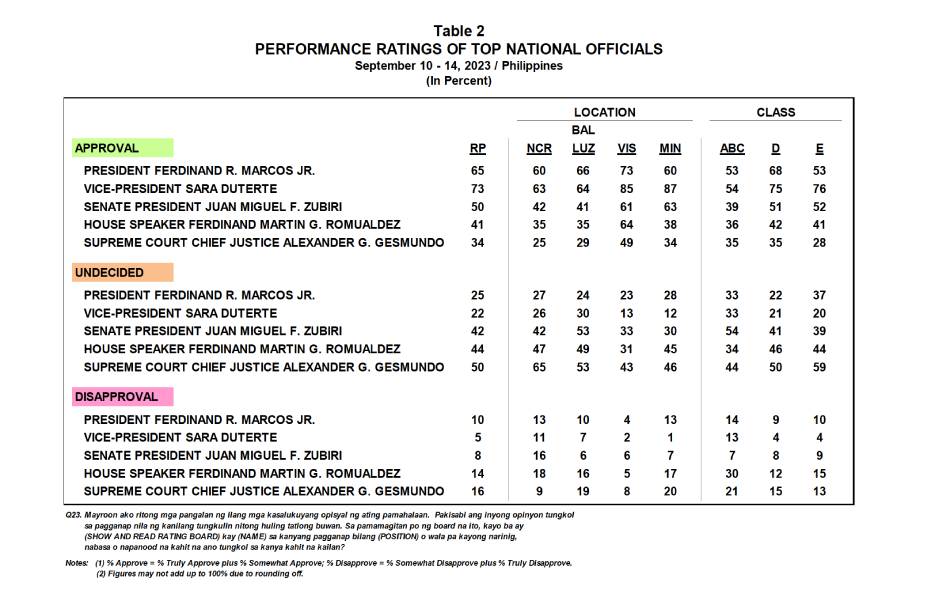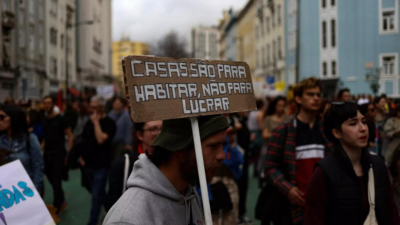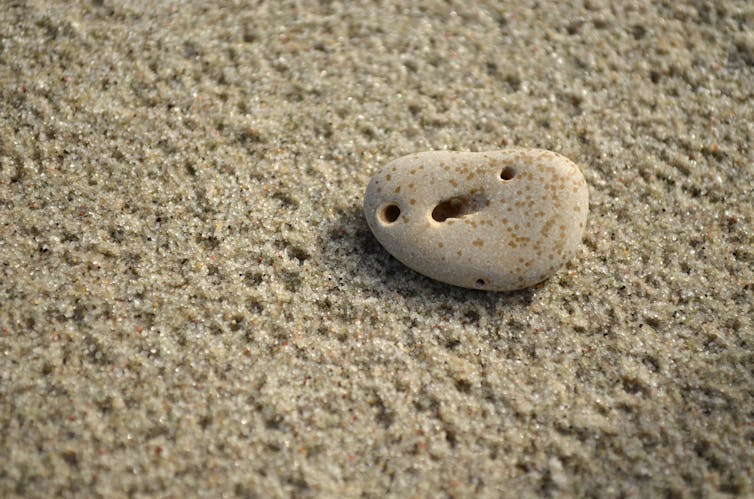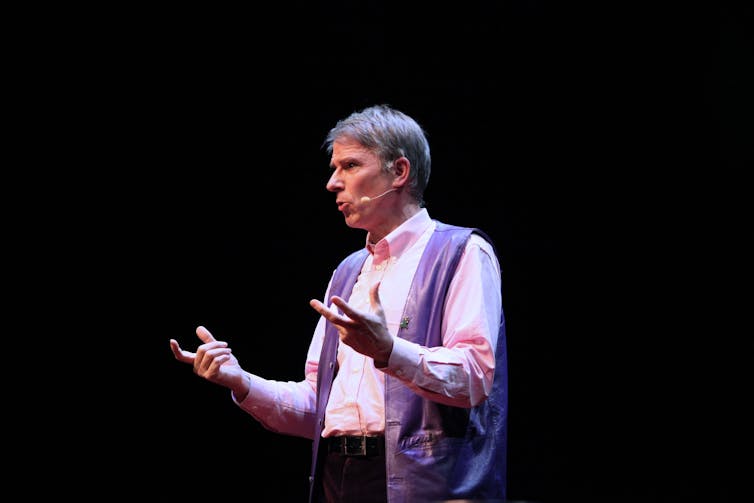Source:Agencies
Written By: Nishtha Badgamia | Updated: Oct 01, 2023,

Tens of thousands protesters gather in Bern
More than 60,000 protesters gathered in the Swiss capital Bern on Saturday (Sep 30) demanding tougher policies to combat climate change ahead of the nation election, said the organisers, according to news agency Reuters.

Rare large protest in Switzerland
Notably, such large protests are rare in Switzerland and indicate growing public frustration with the pace of policy making to combat climate change and global warming considering the ample evidence of its impact.

'Losing hope'
"Many have been losing hope because the government is approving new roads and delaying the climate law. But today we were powerful," said Georg Klingler from environmental campaigners Greenpeace who took part in the march, as quoted by Reuters.
The protest also comes days after a study by the Cryospheric Commission of the Swiss Academy of Sciences found that glaciers in Switzerland, this year, suffered their second worst melt rate after record depletion in 2022, lessening their comprehensive volume by 10 per cent in the last two years.

'We need change': Green Party
Switzerland's Green Party, which has boosted its presence in the parliament after the last elections, does not have a seat in the ruling cabinet said that more than 60,000 people took part in the march on Saturday.
"Parliament, with its bourgeois majority, is preventing rapid, consistent and effective climate protection," said the Green Party, as quoted by Reuters.
"We need a change at the next elections," said the party, referring to the upcoming legislative poll which will take place on October 22.
;

Swiss policies on climate 'insufficient': Climate Action Tracker
Recently, research consortium Climate Action Tracker found Switzerland's policies are deemed "insufficient". If approved by voters, Bern could move ahead with a draft climate law in June that has sought to cut emissions to net zero by 2050 as it seeks to comply with its global commitments.
In the law takes effect, the government will give financial incentives for firms and consumers to switch to renewables, but the law will not take effect until 2025.
Image shows demonstrators lighting flares next to the House of Swiss Parliament during a national protest for climate justice in Bern, on September 30, 2023.

Volume of Swiss glaciers shrinks by 10%
The glaciers in Switzerland, this year, suffered their second worst melt rate after record depletion in 2022, lessening their comprehensive volume by 10% in the last two years, a report said on Thursday (Sept 28).
In 2022, Switzerland's glaciers shed six per cent of their overall volume and this year, they lost another four per cent, "representing the second largest decline since measurements began", the Cryospheric Commission of the Swiss Academy of Sciences found in a new study.
The study further warned that the situation could only worsen in the coming years.
(Photograph:AFP)


















 Reuters
Reuters







